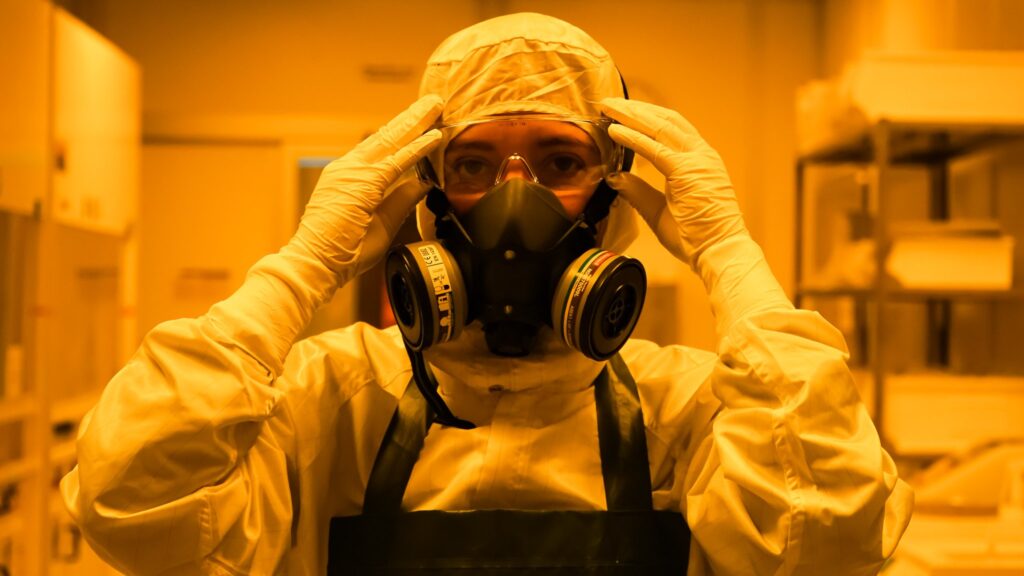The rising demand for portable electronics, e-textiles, and IoT devices has driven the need for lightweight technologies and miniaturized energy storage solutions. Graphene-based nanomaterials are at the forefront of extensive research due to their chemical stability, high surface area, strength, flexibility, and superior thermal and electrical conductivity. Supercapacitors, known for their fast charge-discharge rates, long lifespan, and simple structure, are becoming essential for energy storage in electronics, electric vehicles, and biomedical devices. They operate by storing charges through the adsorption and desorption of ions at electrode interfaces, achieving power densities over 10,000 W/kg. Microsupercapacitors, which are smaller and lighter versions, are particularly suitable for portable and wearable electronics, offering even higher power densities. The high electrical conductivity and surface area of specific graphene materials make them ideal for these applications. However, current production methods present toxicity and scalability issues that have limited their widespread use. Additionally, the materials need to comply with the requirements of deposition techniques able to guarantee reasonable production throughput. Now, INL researchers have developed a sustainable approach to produce an electrically conductive, graphene-based paste suitable for fabricating flexible devices. The results are reported today in the journal Nano Energy, in a paper by INL researchers, in collaboration with the […]
Read more


